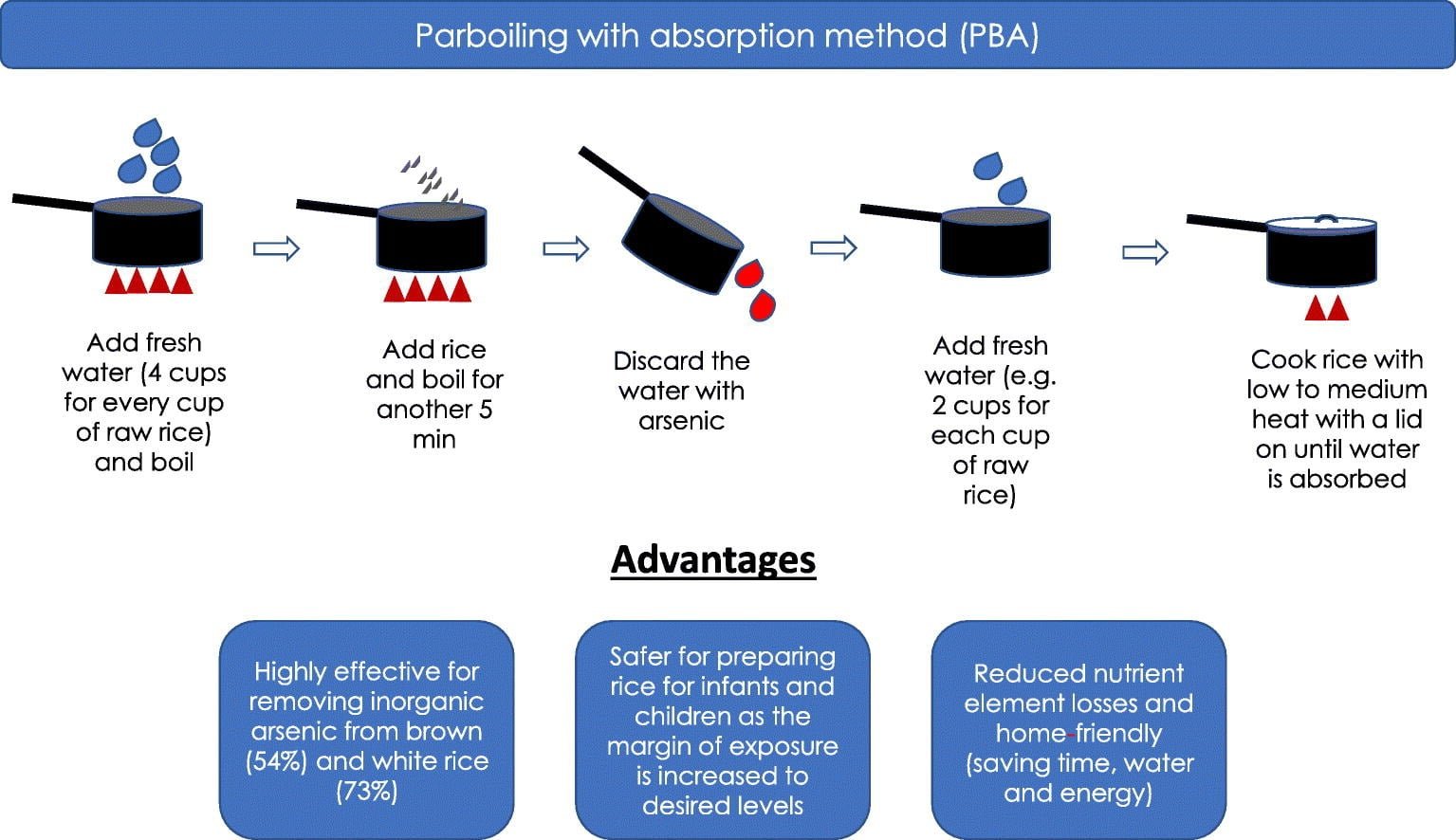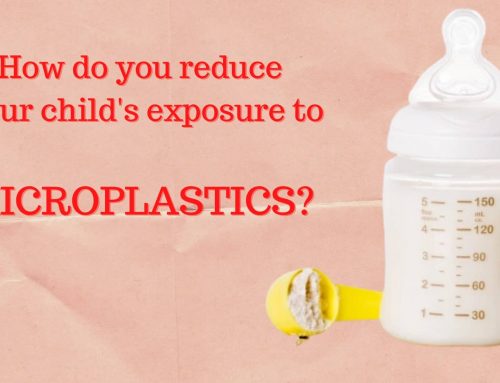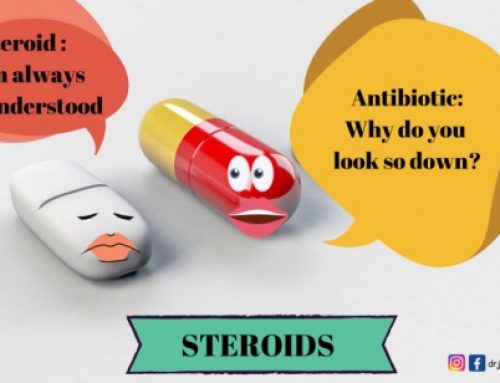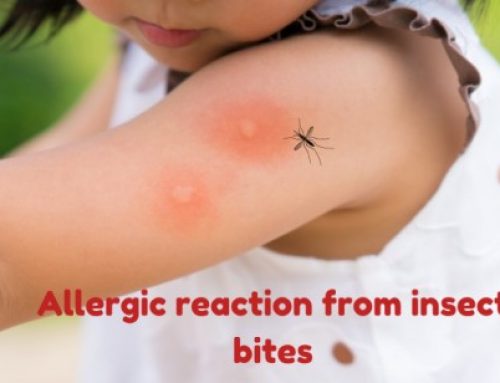Do you know that rice and rice products contain arsenic?
The ability of a plant to take up and accumulate arsenic differs. Compared to wheat and barley, rice contains a much higher content of arsenic. Why is this so? Contamination of the environment, mainly soil and groundwater, is not unusual. Sources of contaminants include industrial and municipal waste as well as usage of arsenical pesticides in agriculture. Hence, rice, which is grown mainly in flooded conditions tend to absorb arsenic more, leading to a higher concentration.
What is arsenic?
There are two types of arsenic; inorganic and organic. Inorganic arsenic, the more toxic form, can lead to health concerns when consumed long term which includes lung and bladder cancer. It can also significantly impact brain development. Ingestion of large doses of arsenic may lead to symptoms such as diarrhoea, vomiting, blood in urine, stomach pain, muscle cramps and fitting episodes. Young children are especially more vulnerable to arsenic exposure.
Rice is a staple food in Asia.
How to reduce arsenic exposure to our children?
It’s important to learn how to reduce the risk of arsenic exposure to our children by the following methods.
Thankfully, a recent study showed that the cooking method of Parboiling with absorption method (PBA) reduced the most arsenic content from rice while preserving its nutrients. Do take note of this easy cooking method which can maximise arsenic removal!

References
1. www.fda.gov
2. Manoj Menon: Improved rice cooking approach to maximise arsenic removal while preserving nutrient elements – Science of The Total Environment, 29 October 2020
LEARN MORE
LEARN MORE
INTERESTED IN PARENTING ARTICLES?
We have the right articles just for you.
“There is no such thing as a perfect parent. So just be a real one.” – Sue Atkins






